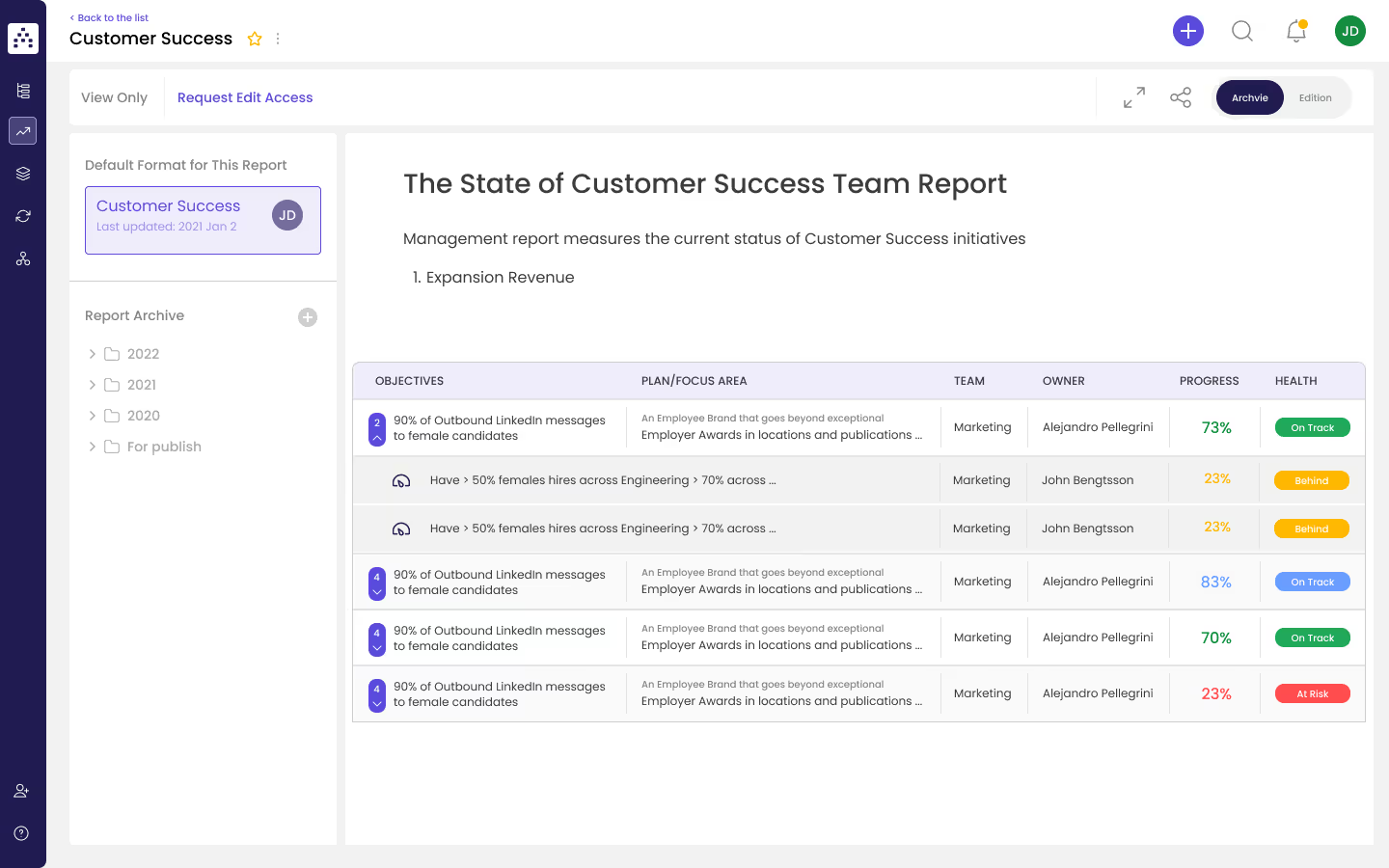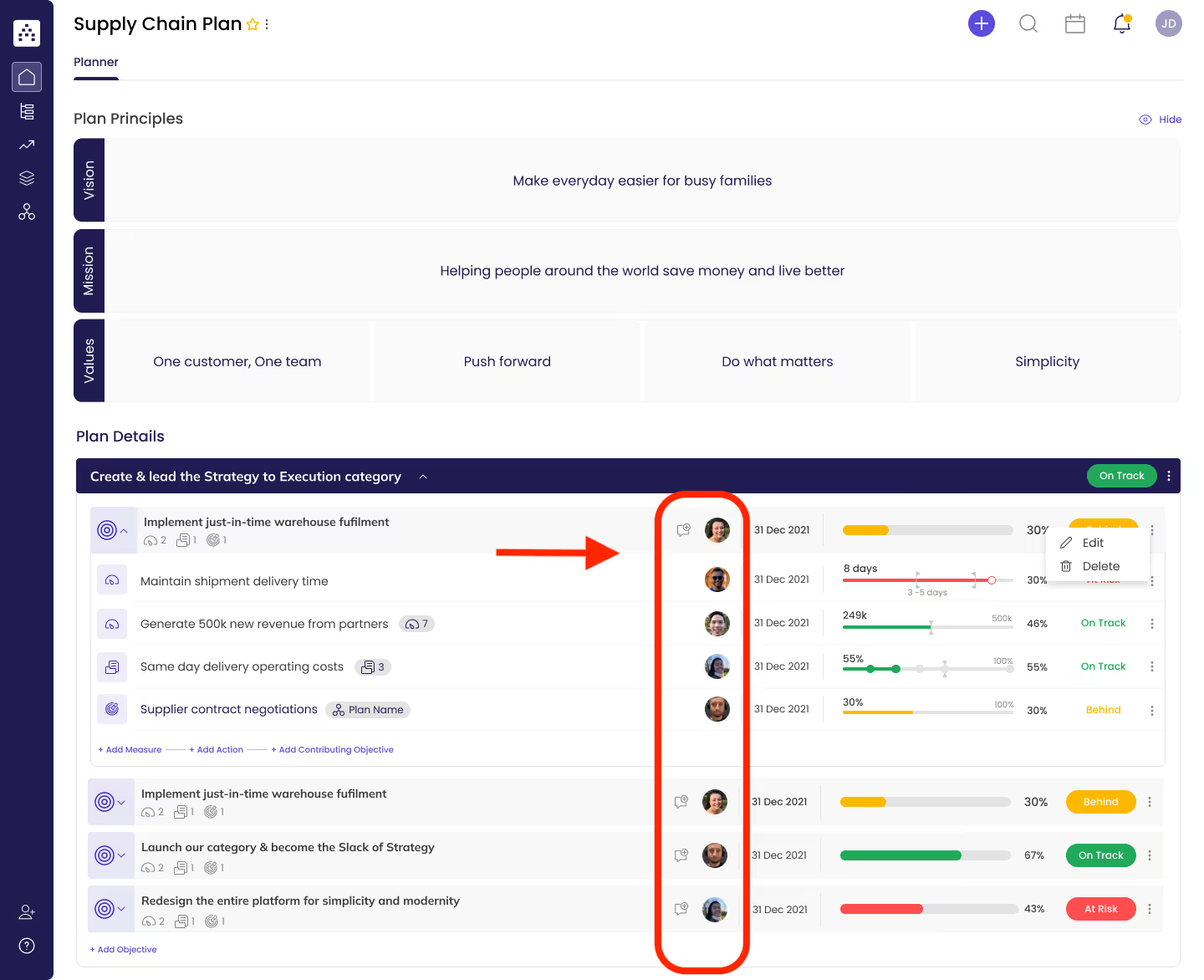Retail digital transformation? That's a mouthful. For many business owners, it's a bigger challenge than they can chew. For years, the pressure to switch to digital has been looming over brick and mortar stores. But now, you can't ignore it any longer.
Ecommerce sales grew by 27.6% in 2020. While the pandemic may be on the way out (hopefully), online shopping is here to stay. We live in the age of mobile commerce, one-click purchases, and apps that allow you to buy now pay later.
If you think your mom n' pops operation will stand the test of time as Gen Z becomes the dominant consumer cohort, you're in for a rough reality check. The cold hard truth is here—it is time to adapt or stay behind. If you don't disrupt the way you do strategy now, you might regret it later.
Here’s what you’ll discover inside this article:
- What is a retail digital transformation?
- Why is a digital transformation strategy important for retailers?
- How to create a retail digital transformation?
- How to execute a retail digital transformation?
- 3 examples of successful retail digital transformation
- Execute your strategy with the right tool
Invest in your strategy with the #1 Digital Transformation Platform!
Check out other articles on digital transformation:
- Comprehensive digital transformation strategy overview
- Build a digital transformation roadmap
- Digital transformation of Mining
- Digital transformation of Construction
- Digital transformation of Banking
What is a retail digital transformation?
Retail digital transformation is when retail brands adopt new technologies, tools, practices, and processes to make their organization more effective, innovative, and sustainable.
Many people assume that this digital transformation is merely the switch from brick and mortar to e-commerce. Going online is part of the process, but you can't slap up a new site and call it job done.
You might already know that digital transformation uses tools such as data analytics and automation software to make a business more modern and future-proof. Just imagine if Darth Vader had upgraded his suit. He might have been fast and flexible enough to evade the challenges that came his way.
Ultimately, moving with the times will help your organization gain a competitive advantage that will improve the bottom line.
But how does that look in the retail sector? Let’s find out.
Why is a digital transformation strategy important for retailers?
In retail, a digital transformation strategy isn’t just about “modernizing” your store for the sake of selling a few extra items or looking cool for the kids. There are tangible benefits when you disrupt the way you do strategy and embrace innovation.
Like what? Here are four benefits of retail digital transformation include:
- Better stock management and less waste. Using machine learning (artificial intelligence) and a clear strategy, you can improve inventory management—no more over-ordering, waste, or out-of-stock issues.
- Valuable insights from data analytics. Traditional retail locations can only do so much in terms of analytics. Online, it is easier to understand and analyze consumer behaviors.
- Wider reach. Technology allows you to execute a strategy to reach more people than you could in a single retail business operating only physical stores. For example, you could launch a smartphone app to let people order easily from mobile devices, focus on search engine visibility, and build new social media marketing strategies.
- An improved customer experience. In a recent survey, BDO states that CX (Customer Experience) is the top digital priority for retailers undergoing digital transformation. As well as making it easy to order, you can offer personalized recommendations and multiple ways to pay, which reduces the abandoned carts that cost retailers $18 billion yearly.
- Improve supply chain and logistics processes. As you experiment with innovation, new technology, and data analytics, you can automate the management of stock levels and analyze customer behaviors in ways you can’t do in traditional retail stores.
How to create a retail digital transformation strategy
Though every digital transformation in retail is slightly different, it helps when you start with a template and use tried-and-tested methods. Follow these steps to design a retail digital transformation strategy that is easier to execute and scale.
1. Choose the key focus areas for your strategy
Work out the potential upsides and identify which areas can reap vital benefits for your business. For example, you might want to prioritize the customer experience, execute a digital growth strategy, or optimize your site using data analytics.
.avif)
Prioritize strategic initiatives related to your focus areas within Cascade.
2. Create clear objectives
Luke Skywalker might have been able to turn his guidance system off, but he was a Jedi. The point is, without guidance, your team will fail (unless they are Jedis). Make sure you set clear and defined goals related to your strategy, or else growth is virtually impossible.

Assign and delegate each strategic objective to its owner to ensure accountability. Cascade helps your team to focus on work that matters and hit strategic goals on time.
3. Set KPIs
Retail KPIs keep you and your team accountable. Saying “we want more web traffic” is wishy-washy. Goals should be specific, measurable, and time-based. When you have clear targets, you have milestones that help chart progress and drive growth. For example, when you aim for a 25% increase in hits by December, you have a clear goal to work toward. It’s so straightforward even Jar Jar Binks could follow it.
4. Assign projects tied to your KPIs and objectives
Remember that all projects must align with the overall corporate strategy. For example, your projects might aim to bring your mobile app experience in line with customer expectations or make it easier to place repeat orders.
Both projects can work towards better conversion rates and improved sales. Connect your projects with the bigger picture to give employees context, and help them see their role in the company’s growth.
5. Track the progress
Use Cascade tools to measure the progress of projects. You can use visual tools to help people understand how their efforts impact organizational goals. You can keep your team accountable and on track within your transformation strategy, using GoalDeck and widgets to keep teams aligned and on track.

Employees are motivated to do their best when they are held accountable for their results.
📚 Recommended read: Strategic Retail Planning Process: The Right Way To Do It
How to execute a retail digital transformation strategy
We know it’s always easier said than done when the time comes to put your best-laid plans into action—but you must take action. After all, a strategy without execution is just a hypothesis.
And no, that three-hour-long PowerPoint presentation of your strategic plan was not the first step in execution (even though it felt like an execution for some of your employees).
Here are four pillars of a successful strategy that your retail business should embrace to transform your ideas into action:
1. Democratize your strategy
In the retail industry, many companies get bogged down in fuzzy conceptual meetings about trying to improve areas of the business. A backward-talking CEO won't lead you forward, especially if you don't consider how to engage and motivate the whole team.
It's important to share your strategic plan with all stakeholders. Action doesn't happen in the boardroom—it happens on the ground. When you blur the boundaries to give everyone a voice, you improve team alignment to give your vision the best chance of becoming a reality.
2. Drive your vision with clarity
If you want people to execute better, you need a clear strategy roadmap that gives people the details to understand your goals and overall vision. This approach helps people understand how their actions contribute to positive outcomes for the company.
When you help people connect your plan to execution, they can embrace change rather than run in fear. Remember what Yoda said, "Fear is the path to the dark side. Fear leads to anger. Anger leads to hate. Hate leads to suffering."
3. Make it radically human
People shouldn't adapt to your retail digital transformation—it's the other way around. As you adapt your strategy to the people, you can assign the right people to the right roles. This considerate approach plays to the strengths of each individual, so they can all work with meaning and deliver the best impact.
Accountability is also crucial. The use of reports and KPIs shows you how effective your efforts are on overall progress. The Cascade overview makes it easy to see the data. With a human-centric ethos underscored by data, you can make better decisions faster.
4. Embrace groundbreaking innovation
Even the right strategy can falter when you have the wrong tools. The longer you cling to existing systems, the less you grow. Digital transformation hinges on your ability to respond to change rapidly. You need to embrace new technology, new tools, and new ways to do things better.
How long do you think Obi-Wan Kenobi would have lasted if he had a sword instead of a lightsaber? As you expand access to the latest technology across your organization, everyone can maximize the value and tap into new opportunities.
The benefits of digital transformation come down to this: you adapt to survive, and evolve to succeed.
3 examples of successful retail digital transformation
Where better to see retail digital transformation strategies in action than within some of the retail industry’s most successful business models? Here are three examples of companies that got the job done right.
Walmart
Walmart is on a mission to take on Amazon’s retail empire with fast delivery and competitive pricing, as well as an omnichannel strategy. Walmart’s growth has largely focused on insourcing a huge logistics network. This approach paved the way for partnerships with more brands and the capacity to deliver products quickly all over the US.
Tesco
Tesco’s digital transformation strategies have focused hugely on their famous Clubcard. As well as being a loyalty strategy to improve customers’ store experience, it allows the retailer to collect masses of data regarding their consumer behaviors.
This powerful decision-making data allows Tesco to target advertising and pricing accordingly. Tesco also has a significant focus on sustainability efforts, helping with their public image and, in some instances, reducing costs.
Costco
Costco also shows the benefit of membership and the power of data, with a digital transformation strategy built around keeping costs low and using the vast amount of data collected from their membership model. Craig Jelinek, Costco's CEO, explains the company's goals of "eliminating virtually all the frills and costs historically associated with conventional wholesalers and retailers."
Their KPIs and projects have a focus on reducing costs where possible, rather than charging customers more for their products.
Execute your strategy with the right tool
Strategy is an essential part of successful digital transformation. Yes, it is detail-oriented and complex. But here’s the thing… Creating one and executing it shouldn’t be a struggle. Invest in your strategy with the #1 Digital Transformation Platform!






.png)
.jpg)
.jpg)
%20(1)%20(1)%20(1)%20(1)%20(1).png)



